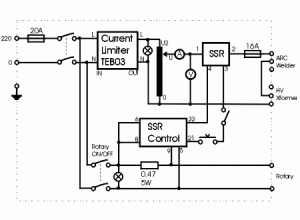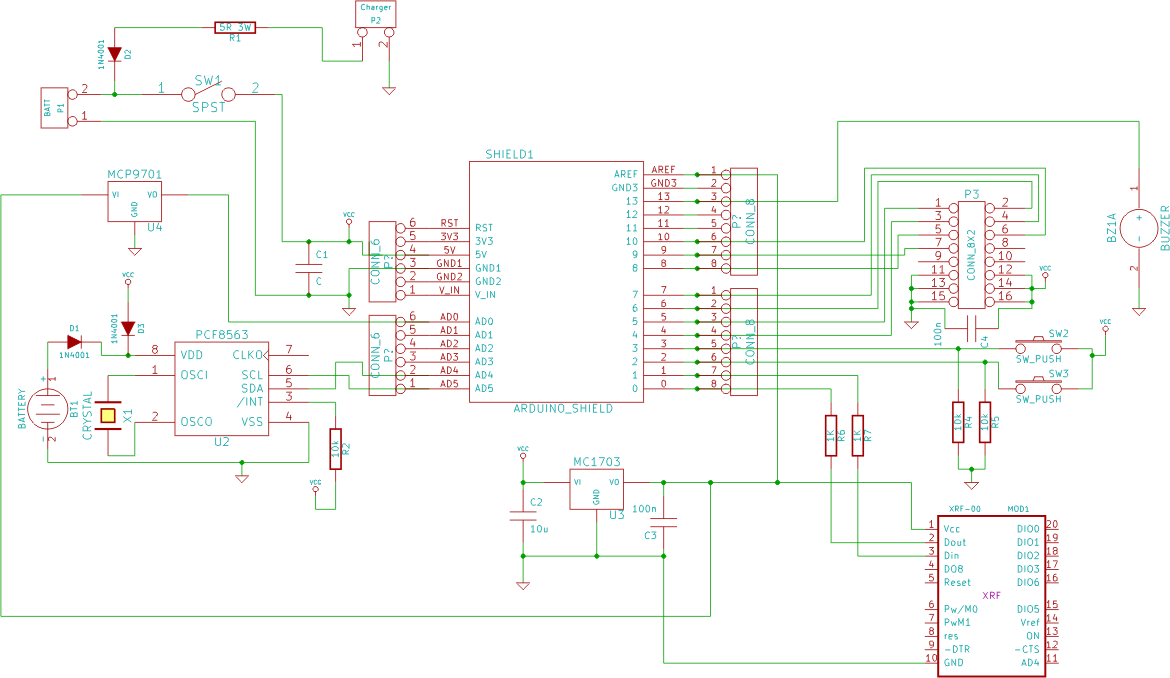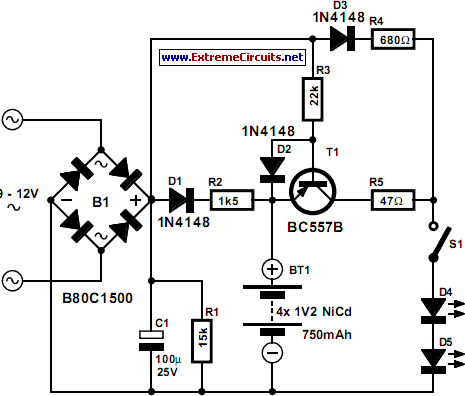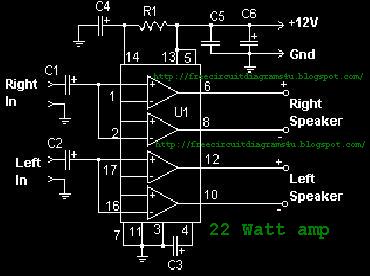
Unit DisplayCircuit With LM3915 IC
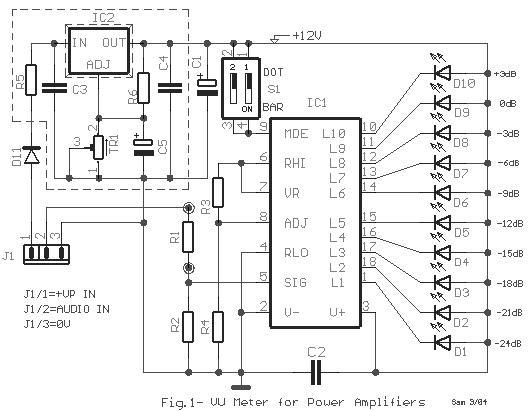
This is an upgraded circuit based on the Simple Volume Unit Display Circuit Diagram 1, featuring enhanced power for the audio input. Components include resistors.
The upgraded circuit enhances the functionality of the original Simple Volume Unit Display by incorporating additional power handling capabilities for audio input signals. This improvement allows for a more robust performance in displaying audio levels, making it suitable for applications where higher audio signal strengths are encountered.
The circuit typically includes various components such as resistors, capacitors, diodes, and operational amplifiers, each playing a crucial role in the overall operation. Resistors are used for current limiting and voltage division, ensuring that the input signals are appropriately scaled for processing. Capacitors may be included to filter out noise and stabilize the voltage levels, contributing to a more accurate display of the audio signal.
Operational amplifiers can be employed to amplify the audio signal before it is processed by the volume unit display. This amplification is critical in achieving a clear and precise representation of audio levels, especially in environments with varying signal strengths. Additionally, the circuit may incorporate LED indicators or LCD displays to visually represent the audio levels, providing immediate feedback to users.
Power supply considerations are also essential in this design. The circuit should be powered by a stable voltage source capable of delivering sufficient current to support the enhanced components, particularly the operational amplifiers and any display elements. Proper grounding and layout techniques should be employed to minimize interference and ensure reliable operation.
In summary, this upgraded circuit offers a significant improvement over the original design, providing enhanced power handling for audio inputs and a more accurate and responsive volume unit display.this is an upgrade circuit from Simple Volume Unit Display Circuit Diagram 1 with more addition power for the audio input.. Component: Resistor, .. 🔗 External reference
The upgraded circuit enhances the functionality of the original Simple Volume Unit Display by incorporating additional power handling capabilities for audio input signals. This improvement allows for a more robust performance in displaying audio levels, making it suitable for applications where higher audio signal strengths are encountered.
The circuit typically includes various components such as resistors, capacitors, diodes, and operational amplifiers, each playing a crucial role in the overall operation. Resistors are used for current limiting and voltage division, ensuring that the input signals are appropriately scaled for processing. Capacitors may be included to filter out noise and stabilize the voltage levels, contributing to a more accurate display of the audio signal.
Operational amplifiers can be employed to amplify the audio signal before it is processed by the volume unit display. This amplification is critical in achieving a clear and precise representation of audio levels, especially in environments with varying signal strengths. Additionally, the circuit may incorporate LED indicators or LCD displays to visually represent the audio levels, providing immediate feedback to users.
Power supply considerations are also essential in this design. The circuit should be powered by a stable voltage source capable of delivering sufficient current to support the enhanced components, particularly the operational amplifiers and any display elements. Proper grounding and layout techniques should be employed to minimize interference and ensure reliable operation.
In summary, this upgraded circuit offers a significant improvement over the original design, providing enhanced power handling for audio inputs and a more accurate and responsive volume unit display.this is an upgrade circuit from Simple Volume Unit Display Circuit Diagram 1 with more addition power for the audio input.. Component: Resistor, .. 🔗 External reference

